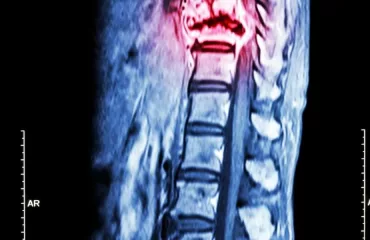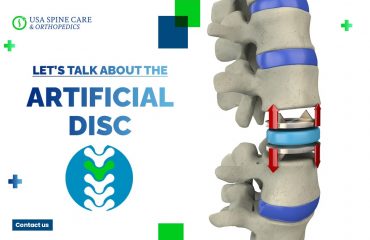

Lumbar spinal stenosis, a condition where the spinal canal narrows, often causes leg pain, numbness, and weakness. Traditionally, open surgery has been the primary treatment option. However, biportal endoscopic spine surgery (BESS) has emerged as a promising alternative.
BESS as a Treatment for Lumbar Spinal Stenosis
BESS offers several advantages in managing lumbar spinal stenosis:
- Minimally Invasive Approach: BESS involves small incisions, reducing tissue damage and postoperative pain.
- Targeted Decompression: Surgeons can precisely remove bone spurs and thickened ligaments that contribute to spinal stenosis.
- Preservation of Spinal Stability: BESS often preserves the natural spinal anatomy, minimizing the need for fusion surgery.
- Faster Recovery: Patients typically experience shorter hospital stays and quicker return to daily activities.
Patient Selection for BESS in Lumbar Spinal Stenosis
Not all patients with lumbar spinal stenosis are suitable candidates for BESS. Factors such as the severity of stenosis, the patient’s overall health, and the specific anatomy of the spine are considered.
Outcomes of BESS for Lumbar Spinal Stenosis
Studies have shown promising results for BESS in treating lumbar spinal stenosis. Many patients experience significant pain relief, improved mobility, and a better quality of life following the procedure. However, individual outcomes may vary.
Conclusion
BESS has become a valuable treatment option for patients with lumbar spinal stenosis. While open surgery remains necessary in some cases, BESS offers a less invasive and potentially less painful alternative for suitable candidates.



